Home>Ideas and Tips>Home Theater Acoustic Treatment DIY Sound Absorption Panels
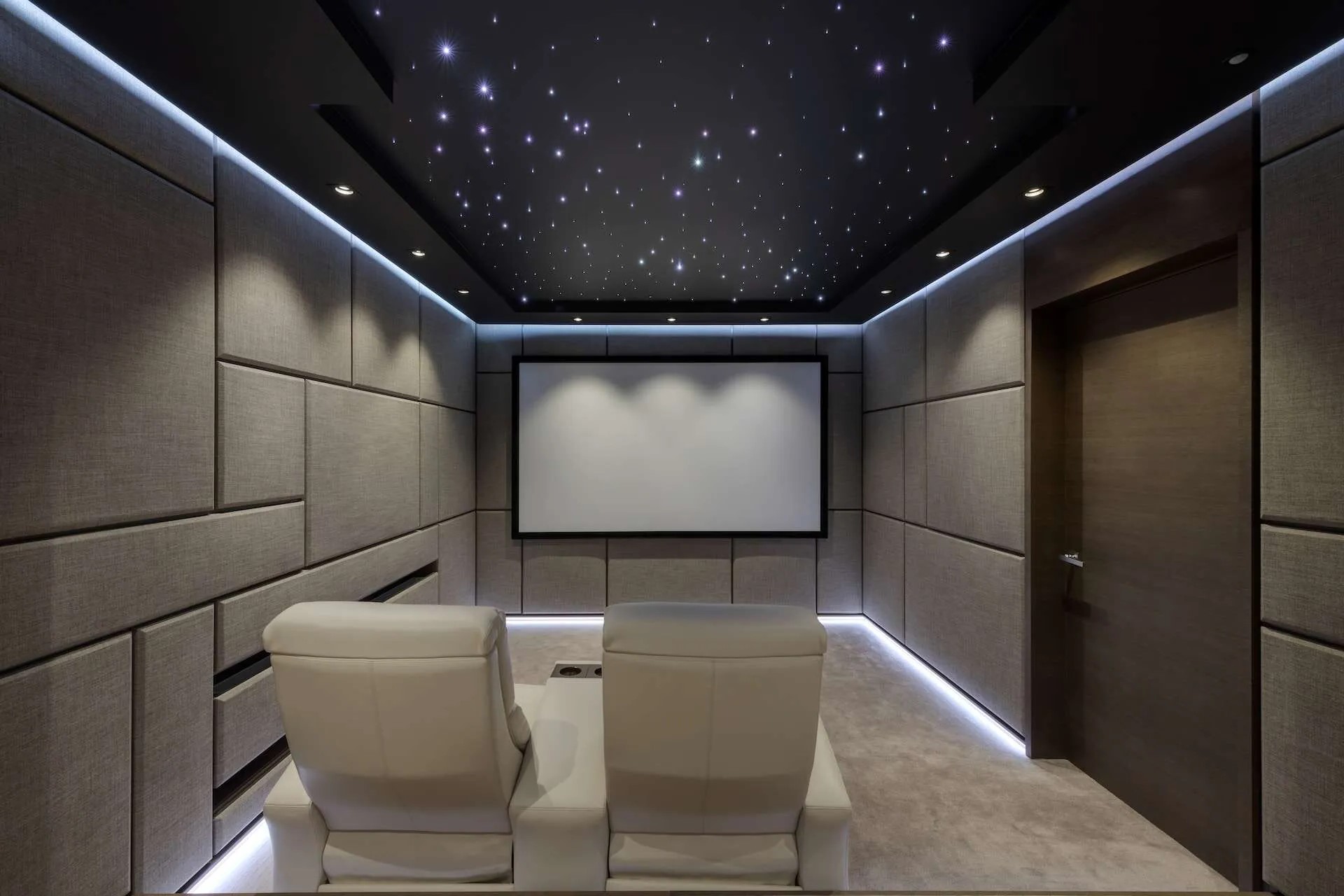

Ideas and Tips
Home Theater Acoustic Treatment DIY Sound Absorption Panels
Published: September 24, 2024
Learn how to create affordable DIY sound absorption panels to enhance your home theater acoustics, reducing echo and noise for a professional sound experience.
(Many of the links in this article redirect to a specific reviewed product. Your purchase of these products through affiliate links helps to generate commission for Storables.com, at no extra cost. Learn more)
Creating a home theater or recording studio that sounds professional and immersive is not just about the equipment; it also requires careful consideration of the acoustics. One of the most effective ways to improve sound quality is by using DIY sound absorption panels. These panels can significantly reduce echo, reverberation, and noise, making your space ideal for both entertainment and professional audio work.
Why DIY Sound Absorption Panels?
Commercially available sound absorption panels can be expensive, often costing upwards of $150 per panel. However, with a few simple materials and some basic tools, you can create your own DIY sound absorption panels for under $20 each. This not only saves money but also allows you to customize the panels to fit your specific needs and aesthetic preferences.
Materials Needed
To build your own DIY sound absorption panels, you will need the following materials:
- Wooden Frame: You can use MDF or plywood for the frame. MDF is stable and has a smooth surface, which is important for wrapping fabric tightly around the frame.
- Insulation: Mineral wool or rock wool is widely considered the most cost-effective and effective type of insulation for sound absorption. It comes in packs of 12, making it easy to make multiple panels.
- Fabric: Choose a sound-transparent fabric that can effectively cover the panel. Common choices include Guilford of Maine Panel Textiles or colored burlap.
- Adhesive: Spray adhesive is necessary for securing the fabric to the frame.
- Tools: A circular saw, nail gun, staple gun, tape measure, and other basic woodworking tools are required.
- Mounting Hardware: Eye bolts, J-hooks, or French cleats can be used to hang the panels on walls or ceilings.
Step-by-Step Guide
1. Build the Frames
To start, you need to build the frames that will hold your insulation. Here’s how you can do it:
- Cut the Wood: Cut four pieces of wood at 47 inches long and four pieces at 16-3/4 inches long. These will be the sides and ends of your frame.
- Assemble the Frame: Use wood glue and brad nails to assemble the frame. You can also use screws if you don’t have a brad nailer.
- Add Mitered Cleats: For a more secure mounting method, add mitered cleats to your frames. This will provide a unique mounting system that is easy to install.
2. Add Insulation
Once you have your frame ready, it’s time to add the insulation:
- Choose Your Insulation: Select a pack of mineral wool or rock wool that fits your frame dimensions.
- Insert Insulation: Place the insulation inside the frame, ensuring it is evenly distributed and fills the entire space.
3. Add Fabric
Now it’s time to cover your panel with fabric:
- Select Fabric: Choose a sound-transparent fabric that matches your desired color and texture.
- Wrap Fabric: Use spray adhesive to secure the fabric tightly around the frame, ensuring there are no wrinkles or air pockets.
- Trim Excess Fabric: Trim any excess fabric from the edges of the panel.
4. Hang the Panels
Finally, it’s time to hang your panels:
- Mark Ceiling Joists: Use a stud finder to mark the locations of ceiling joists.
- Attach Mounting Hardware: Attach eye bolts, J-hooks, or French cleats to the marked locations using 3-inch wood screws.
- Hang Panels: Slide the acoustic panels onto the mounting hardware and secure them in place.
Placement Tips
Sound absorption panels can be placed in various locations to maximize their effectiveness:
- Interior Walls: Hang panels on interior walls to reduce echo and reverberation.
- Ceiling: Mount panels directly into ceiling joists for better sound absorption.
- Doors: Hang panels on interior doors, especially hollow-core doors, to reduce noise transmission.
Suitable Applications
DIY sound absorption panels are versatile and can be used in various settings:
- Home Theater: Improve surround-sound imaging and clarity for DVD/Blu-ray movies, sports, or video games.
- Recording Studios: Reduce slap-back echo and reverberation in large halls, auditoriums, and contemporary churches.
- Gathering Spaces: Reduce chatter, din, and noise in crowded gathering spaces like restaurants or bars.
- Home Gyms: Provide more accurate listening conditions in home gyms or music rooms.
Additional Tips
While building your own DIY sound absorption panels is straightforward, there are some additional tips to keep in mind:
- Choose the Right Insulation: Mineral wool or rock wool is highly effective due to its ability to absorb sound waves without adding significant weight or bulk.
- Select the Right Fabric: Sound-transparent fabrics like Guilford of Maine Panel Textiles or colored burlap work well because they allow sound waves to pass through while maintaining their structural integrity.
- Consider Customization: You can customize the size and shape of your panels based on your specific needs. For example, you might create smaller panels for corners or larger ones for walls.
- Measure Decibels: Before and after installing the panels, measure decibels to see the significant reduction in noise levels.
Conclusion
Creating your own DIY sound absorption panels is an affordable and effective way to improve the acoustics of any space. By following these steps and tips, you can transform your home theater or recording studio into a professional-grade environment that enhances both entertainment and audio work. Whether you’re a seasoned builder or a DIY novice, these panels are easy to make and can significantly enhance the sound quality of any room.
References
- Audio Edges Tutorial: "How To Make Pro Acoustic Panels For Home Studios (EASY) | 2025" – This video provides a simplified guide using easily accessible materials and basic tools, making it ideal for beginners.
- AcousticsFREQ Guide: "How to Build Your Own Acoustic Panels (DIY)" – This guide outlines the steps in detail, including selecting sound-absorbing core materials, building wood frames, and wrapping sound-transparent fabrics.
- Noting Grace DIY Soundproof Panels: "How to Easily Make Affordable DIY Soundproof Panels" – This article shares an easy and inexpensive method for making soundproof panels using common materials like furring strips, foam batting, and fabric.
- FixThisBuildThat DIY Acoustic Panels: "Easiest DIY Acoustic Panels Under $20" – This guide provides a step-by-step process for building frames using MDF or plywood and adding insulation and fabric for under $20 per panel.
- YouTube DIY Sound Panels: "How to make DIY sound absorbing panels for beginners" – This video covers choosing sound-absorbing core materials like mineral wool or fiberglass alternatives without formaldehyde; making an acoustic sound panel frame out of wood; covering it with fabric; and hanging it without drilling holes.
By following these guides and tips, you can create your own DIY sound absorption panels that will significantly enhance the acoustics of any space, making it perfect for both entertainment and professional audio work.
Was this page helpful?
At Storables.com, we guarantee accurate and reliable information. Our content, validated by Expert Board Contributors, is crafted following stringent Editorial Policies. We're committed to providing you with well-researched, expert-backed insights for all your informational needs.
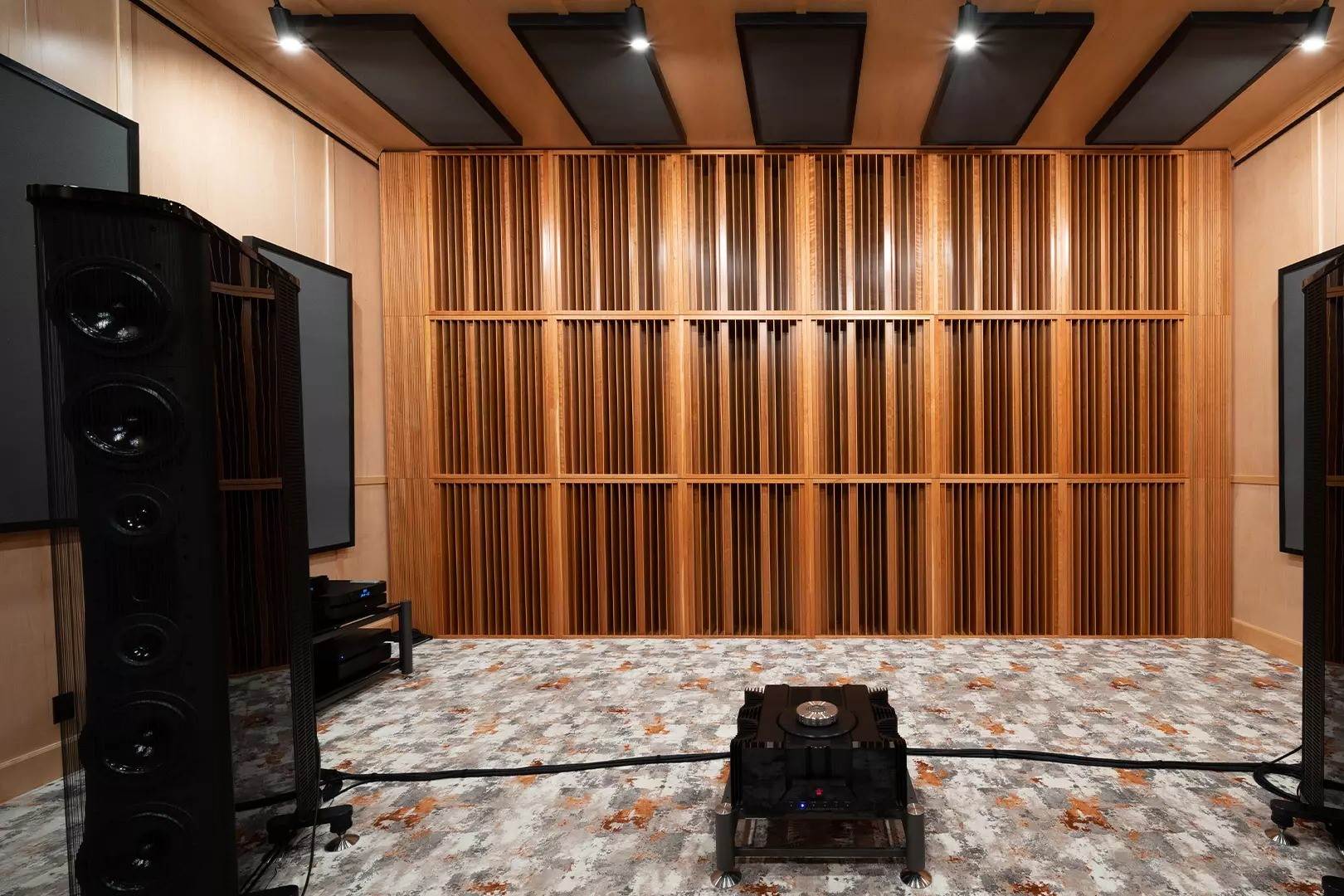

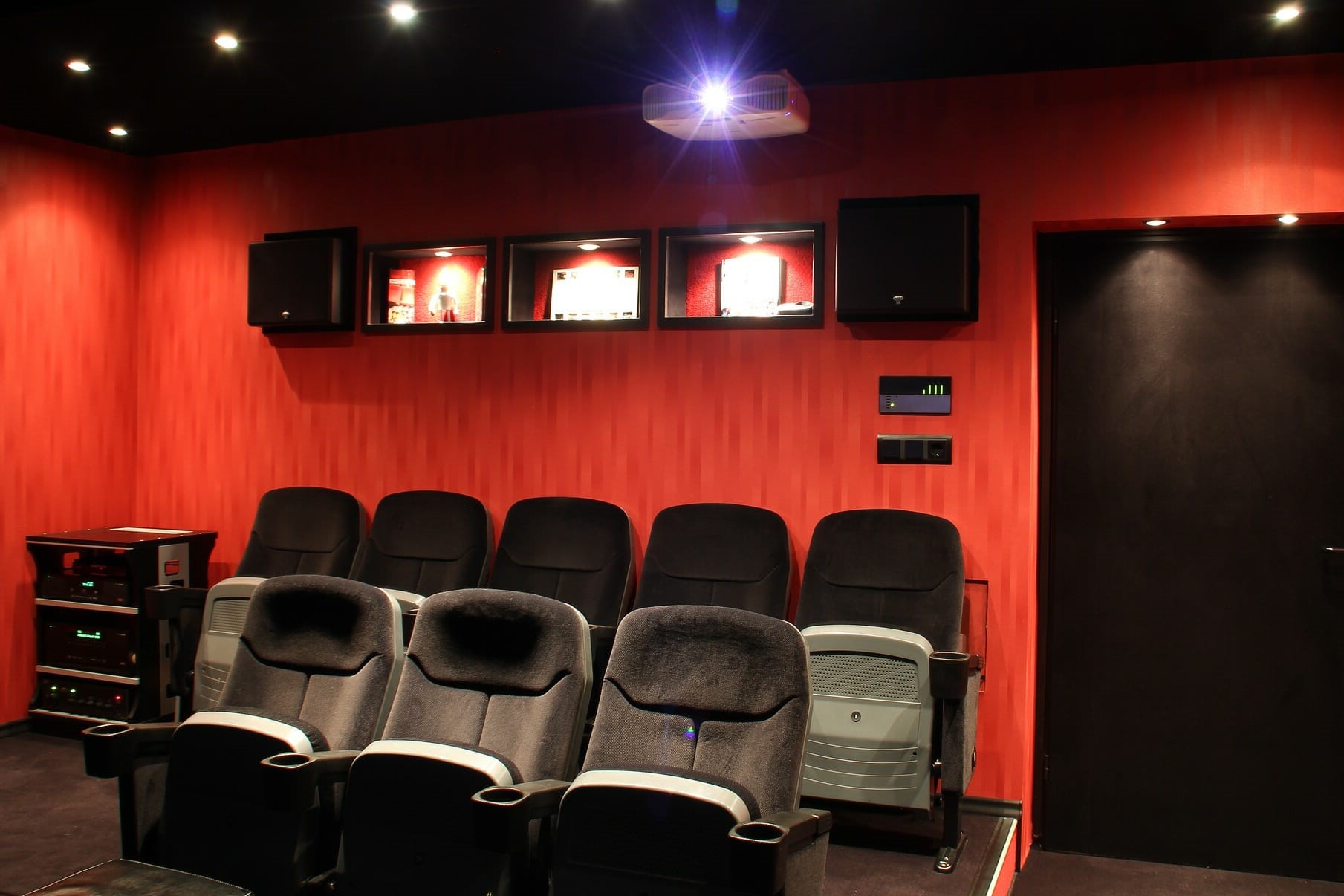
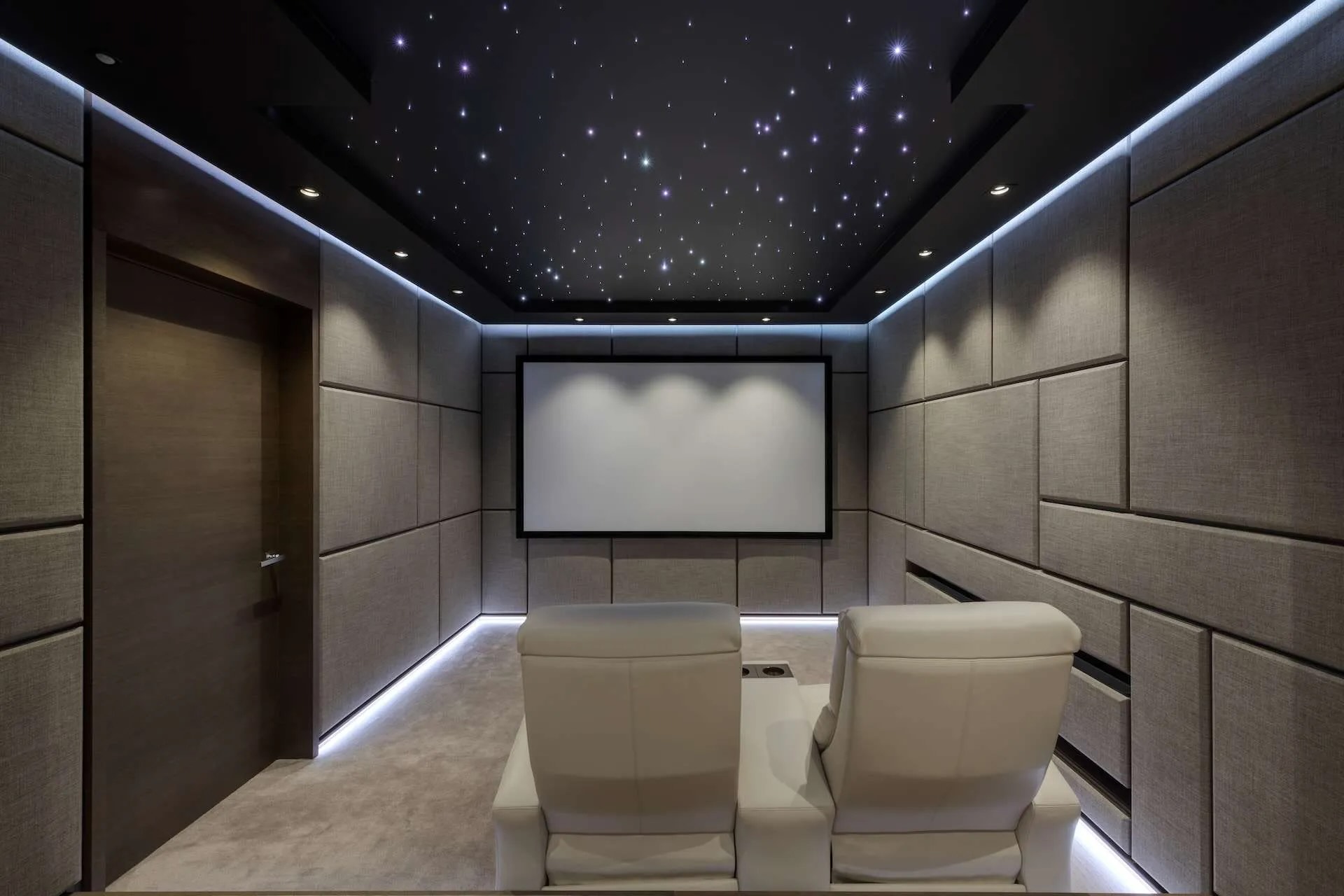
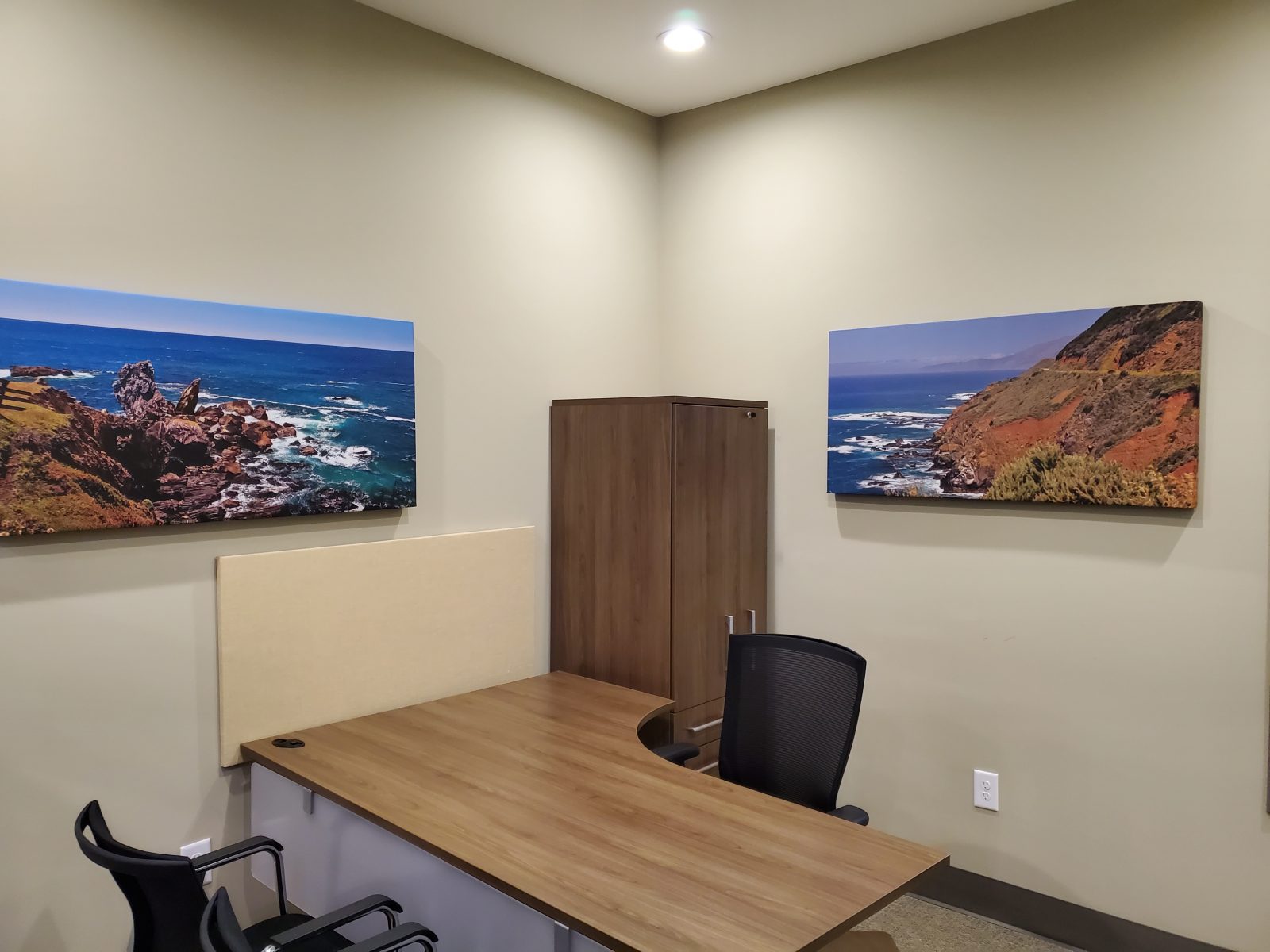
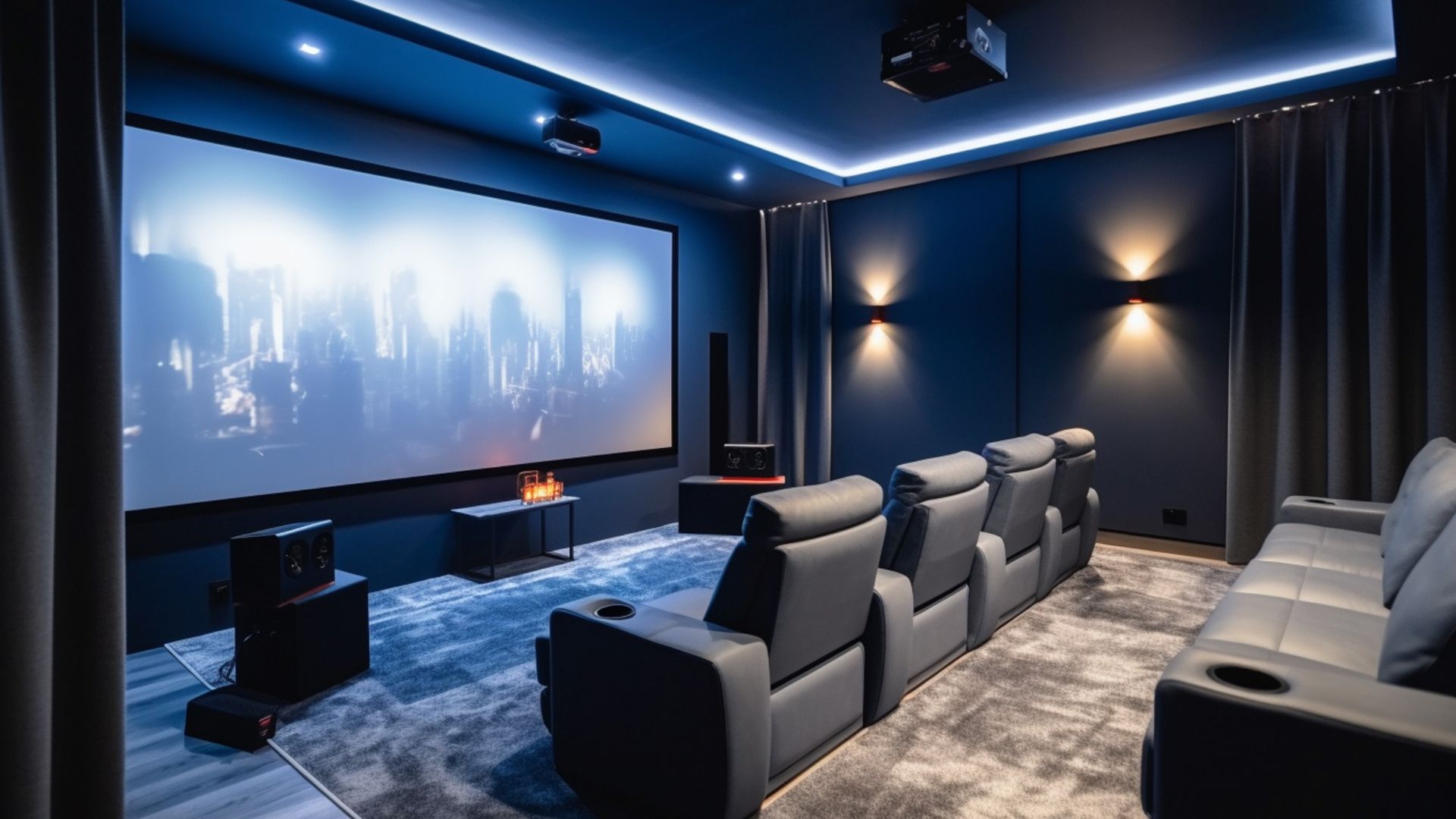
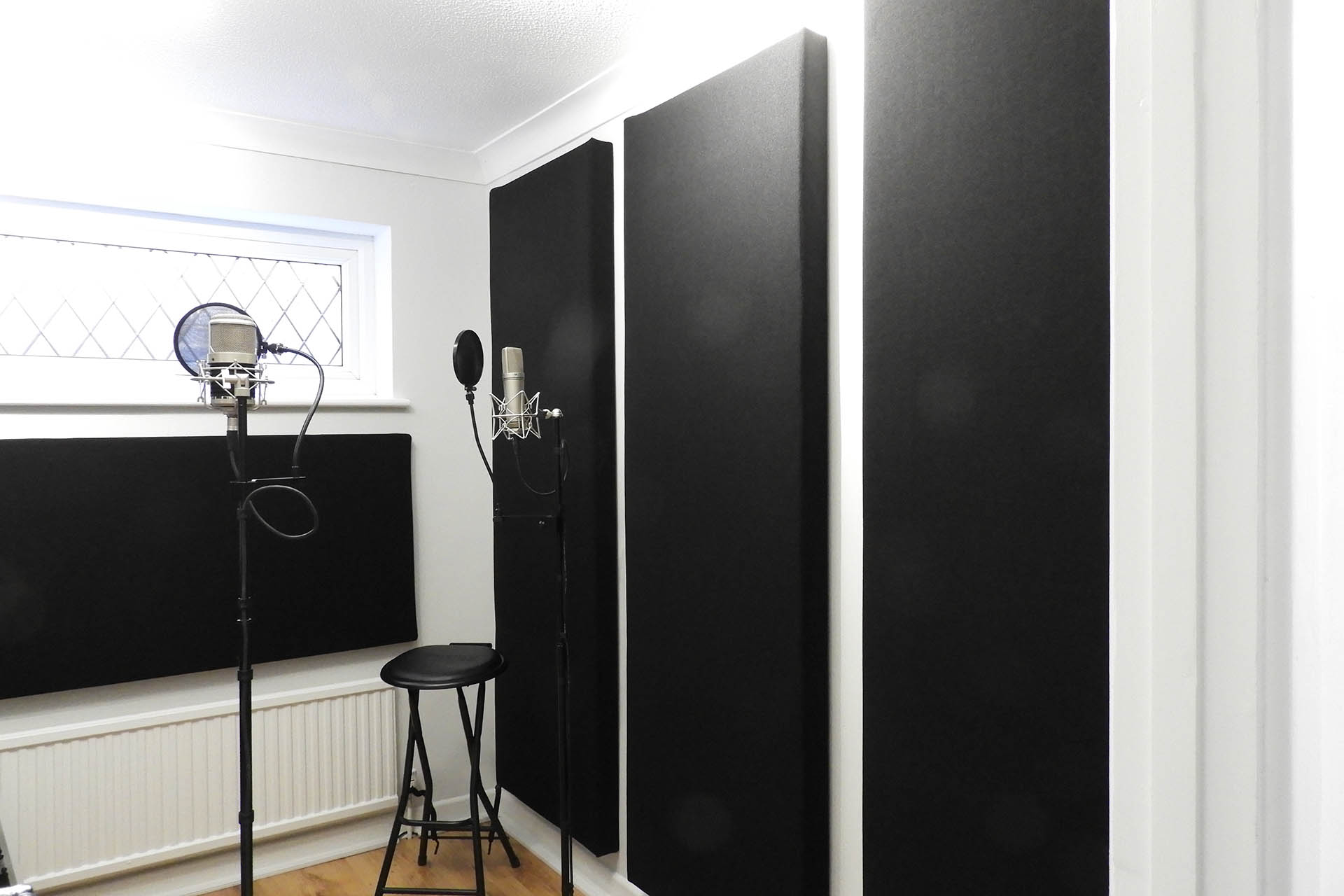
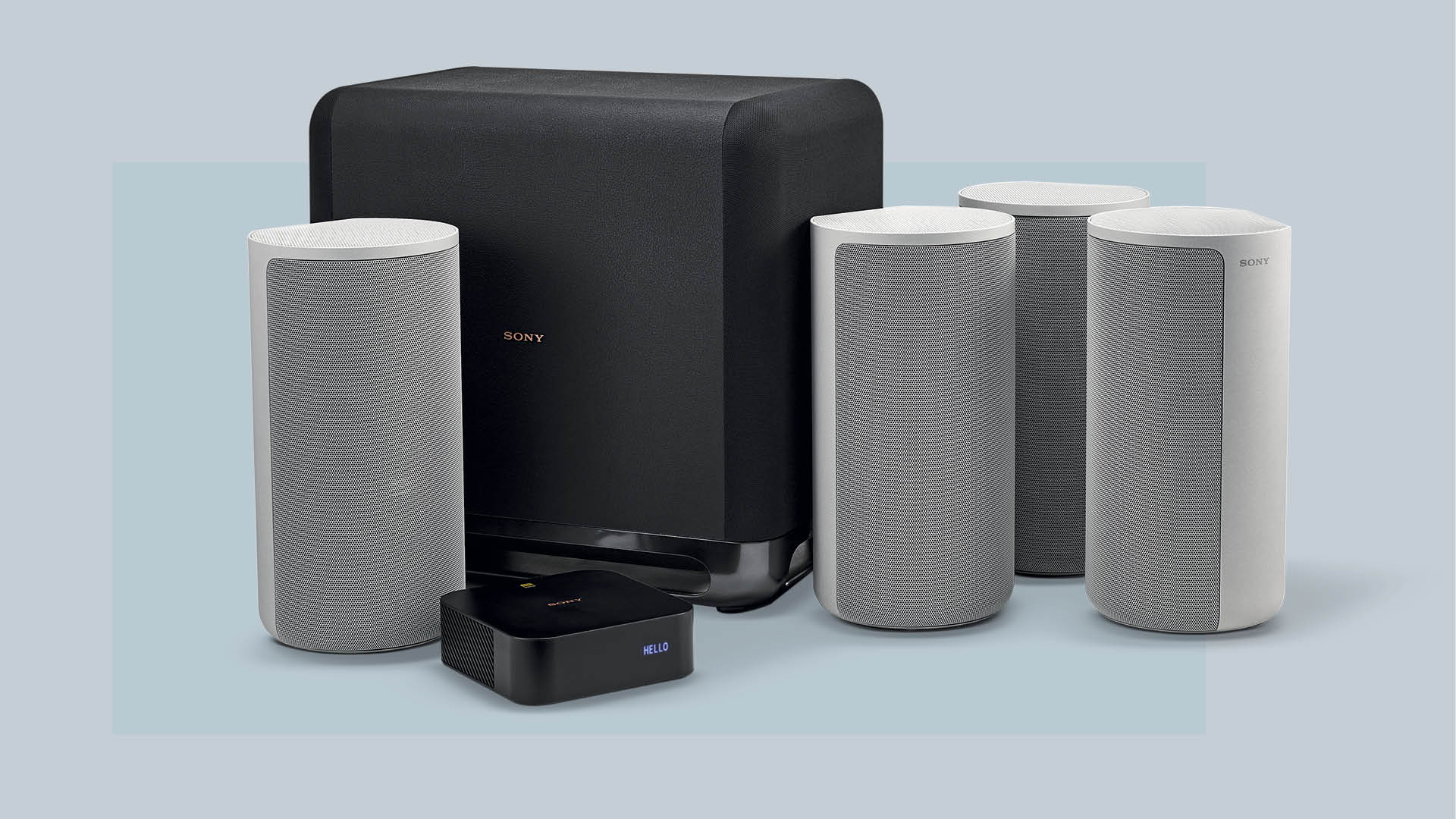
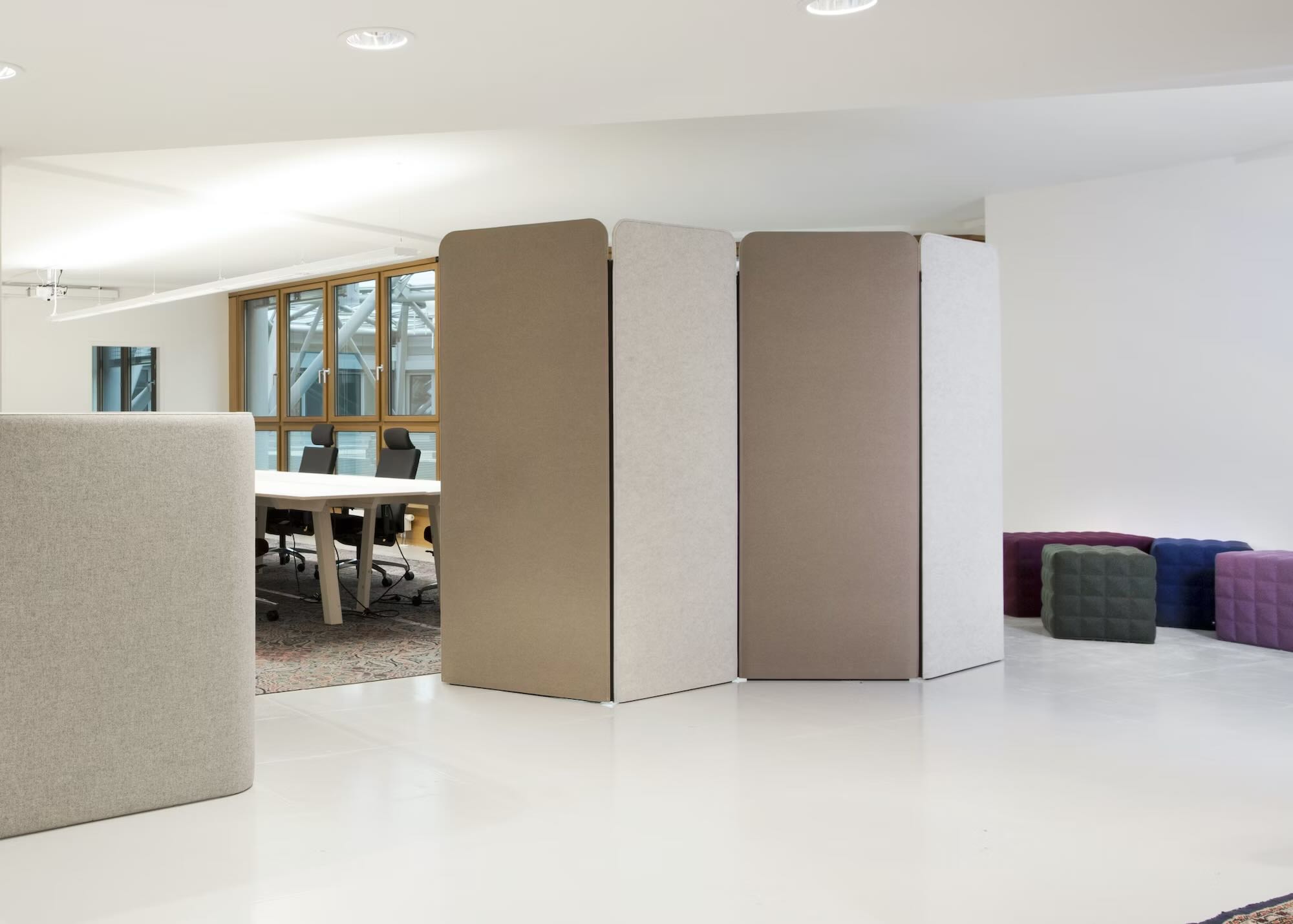

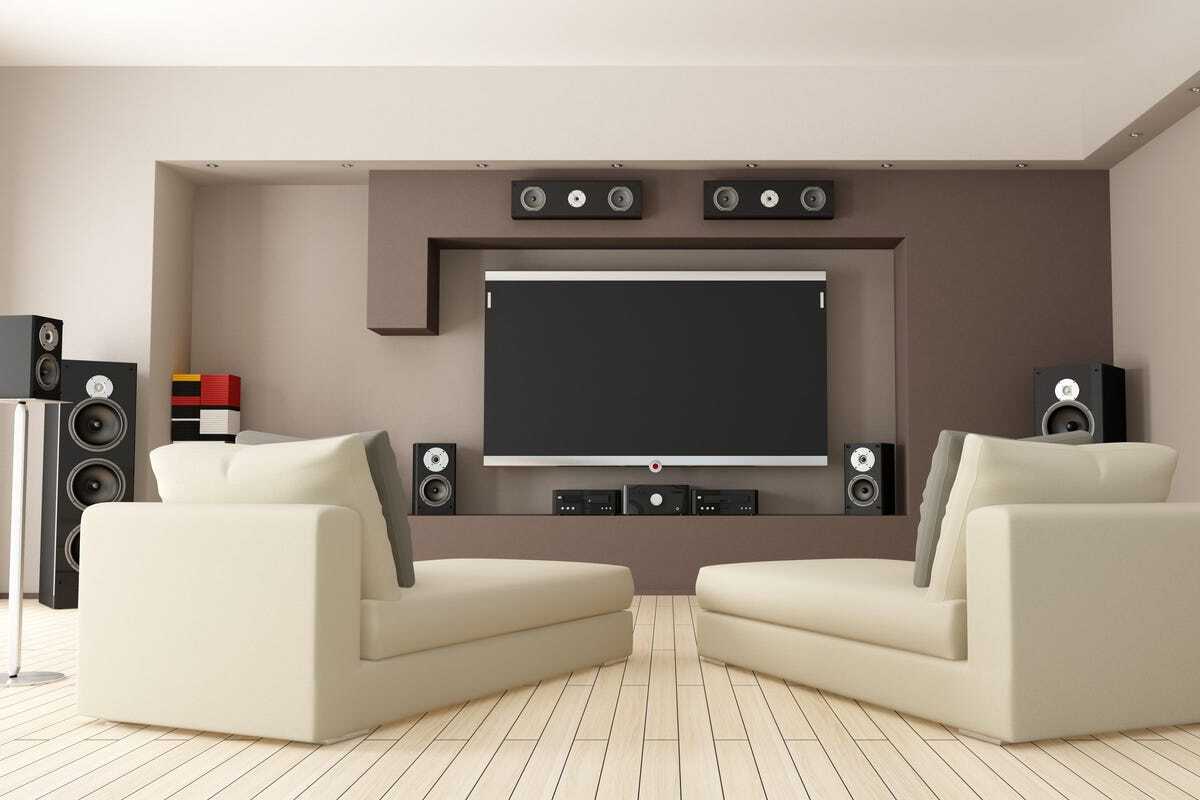
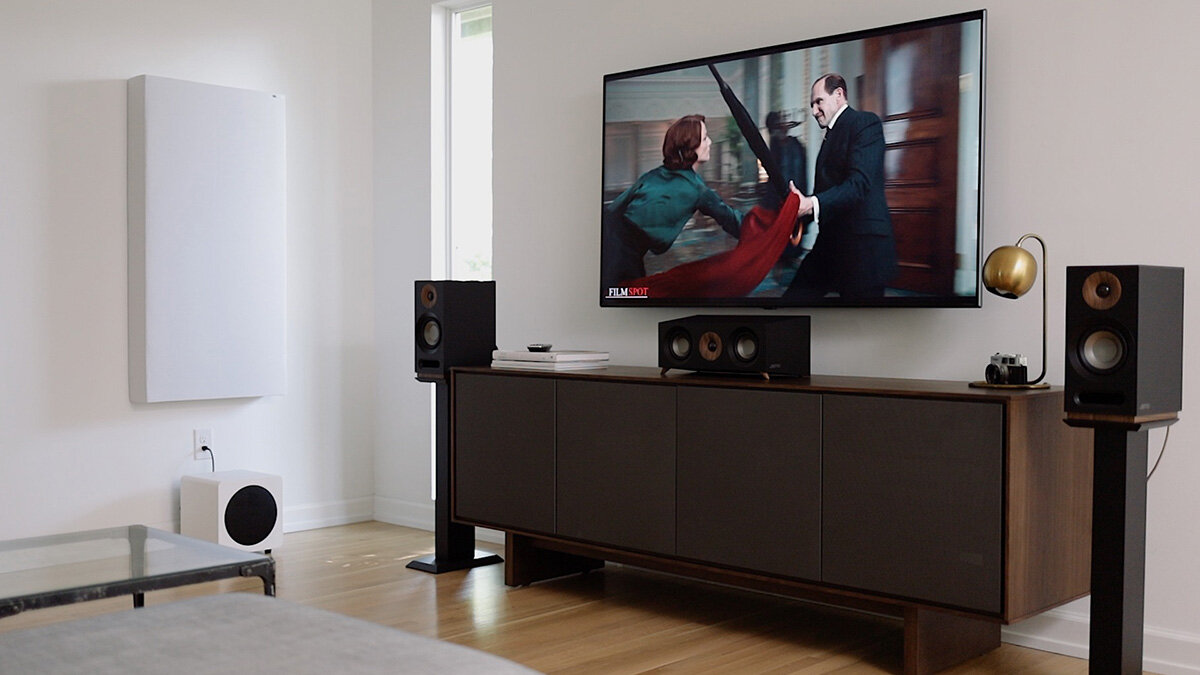
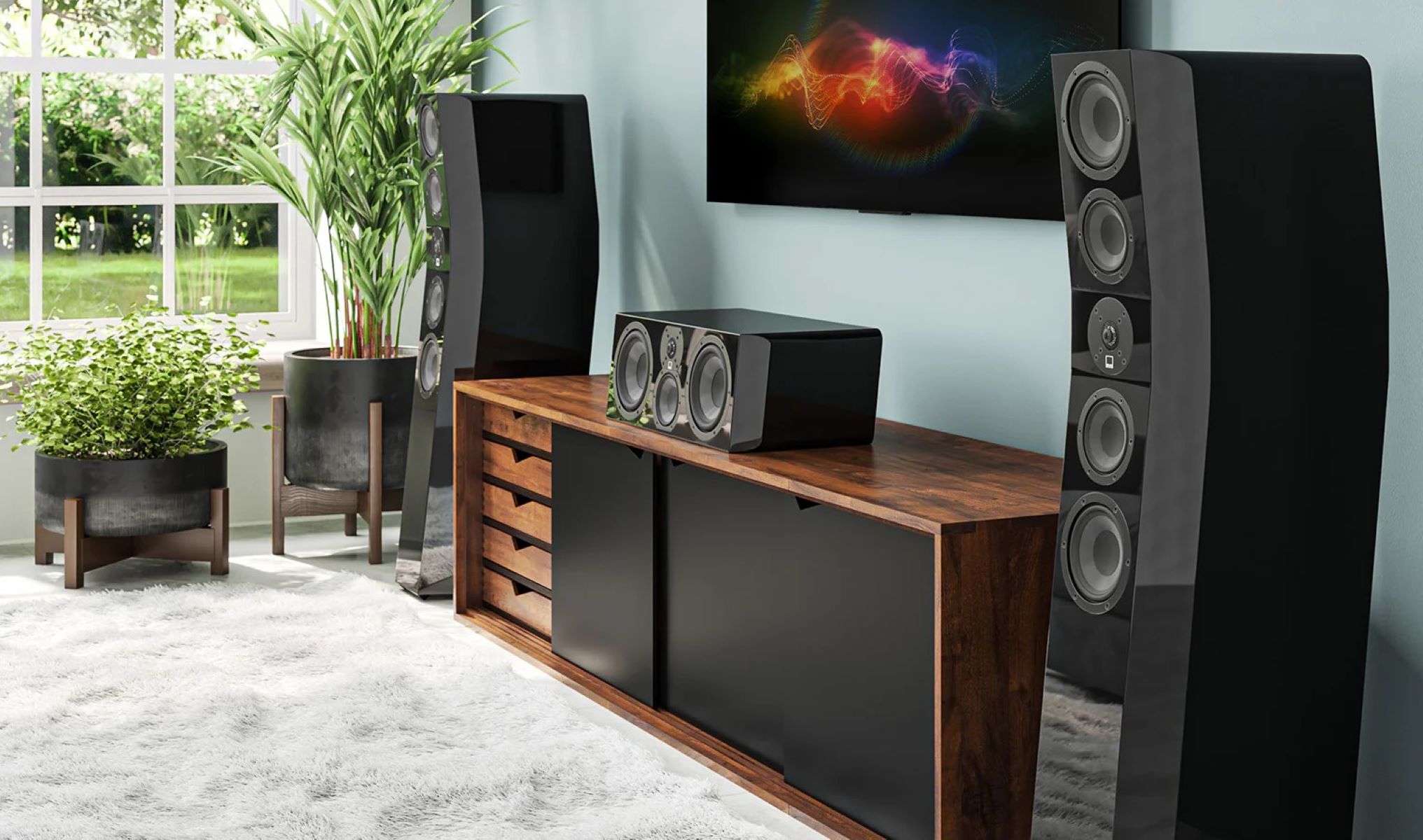
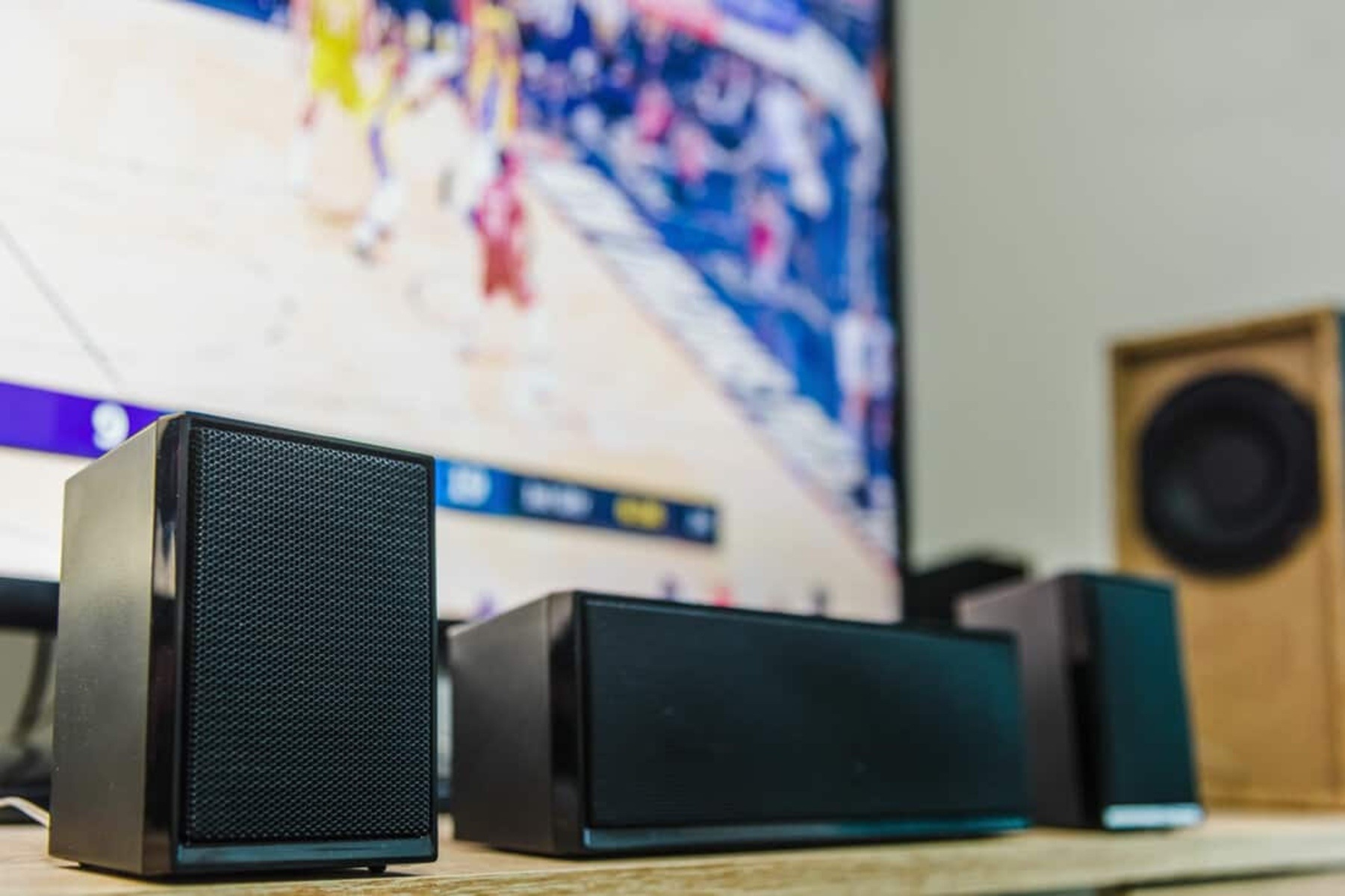

0 thoughts on “Home Theater Acoustic Treatment DIY Sound Absorption Panels”